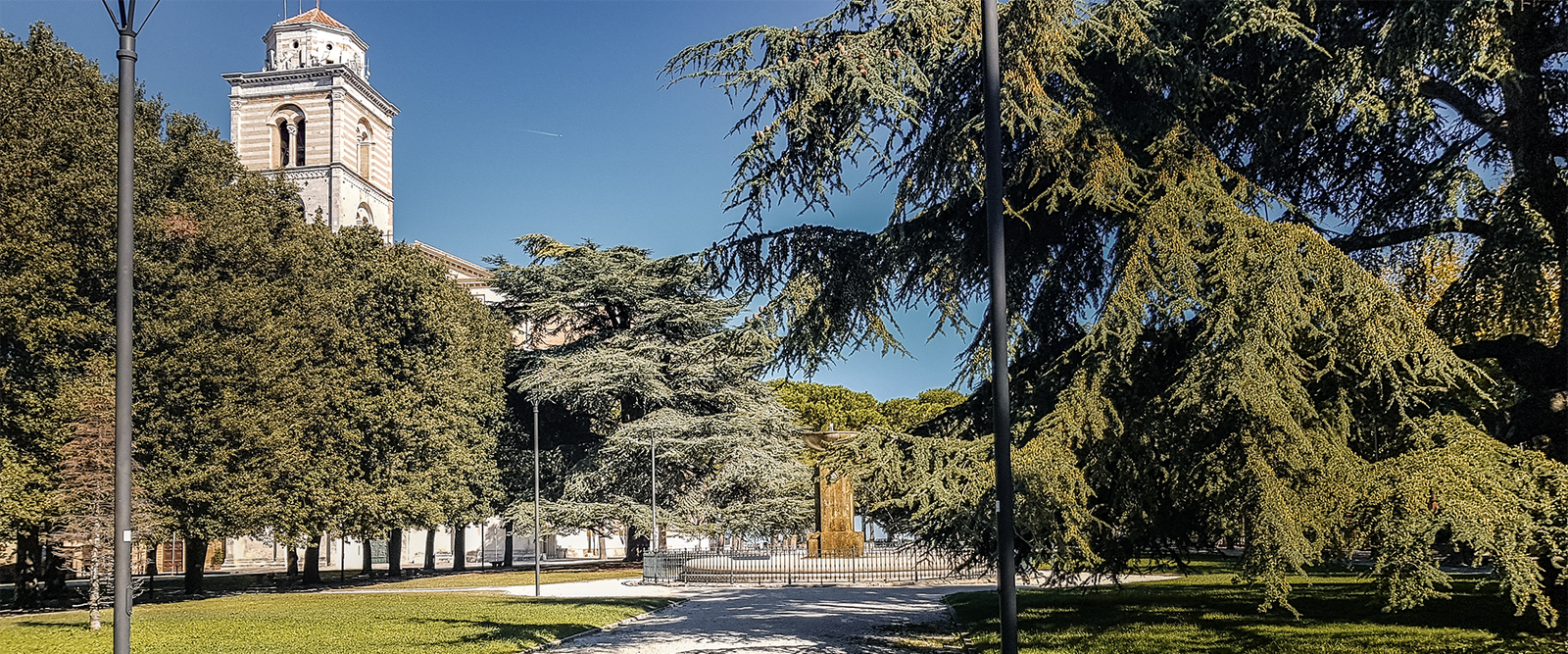
Girfalco Square
Girfalco, once home to Fermo’s castle until the 1400s, now serves as a bustling square on the heart of the metropolis. Formerly referred to as Colle Sabulo (Sabulo Hill), it offers panoramic views stretching from the Adriatic Sea to the Sybilline Mountains, with Marche’s picturesque hills decorated with vineyards, olive groves, and orchards including to the scenic splendor. Dominating the landscape is the enforcing structure of Fermo Duomo, the city’s cathedral, placed at the cease of the park. From Girfalco, you can wonder at the vastness of the Adriatic Sea, in conjunction with the outstanding peaks of Monte Conero and Monte dell’Ascensione, in addition to the captivating hilltop cities scattered for the duration of the verdant hills of Marche. On clear days, the gaze might also even reach the Velebit, Croatia‘s largest mountain range. Fermo’s town center, situated over 300 meters above sea degree, offers panoramic vistas that captivate tourists approaching from coastal towns. Its distinctive pyramid form, characterised through winding alleys inside historical partitions, creates a unique and alluring charm. Nestled in Girfalco Square is a fountain erected in 1928 to commemorate the aqueduct over the Tenna River, whilst Villa Vinci, as soon as domestic to the Capuchins Convent from 1700 to 1820, graces the square’s western aspect. The park surrounding Girfalco is a haven of natural splendor, boasting lush flora together with majestic pines and Lebanese cedars that provide welcome coloration on warm summer time days. A boulevard flanked via smartly pruned Holm Oaks ends in the Cathedral of the Assumption, adding to the park’s enthralling atmosphere. Adjacent to the park, a stunning Italian-fashion lawn offering palm trees and vibrant flowerbeds offers a pleasing visible banquet. Families can revel in leisurely Sundays right here, with kids entertained with the aid of games and carousels overlooking the sea, even as adults unwind on benches, savoring lunch with a backdrop of breathtaking scenery.
The Metropolitan Cathedral’s origins hint returned to the historical Fermo Cathedral, a Paleochristian basilica dating lower back to the sixth century. Built upon the remnants of a pagan temple, evidenced through visible lines in the hypogeum, the historical Cathedral met its loss of life in 1176 on the fingers of Frederick I Hohenstaufen, called Barbarossa. Reconstruction efforts had been spearheaded by Frederick II in 1227, ensuing in the iconic Romanesque-Gothic façade that still stands today. Notably asymmetrical because of the bell tower on its left aspect, the façade boasts problematic Christian motifs carved from Istrian stone, which includes motifs symbolizing man’s salvation overcoming the Devil’sobstacles. Over the centuries, the relaxation of the Fermo Cathedral has undergone severa renovations and enhancements. Among its fantastic functions are the majestic bronze doors, crafted by using sculptor Aldo Sergiacomi on the near of the 20th century. Adorned with intricately carved plant motifs, the main door is flanked with the aid of a group of bronze portions relationship lower back to 1758, depicting Our Lady of the Assumption, in honor of whom the Cathedral is devoted.

